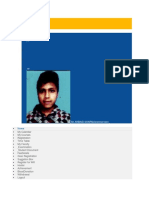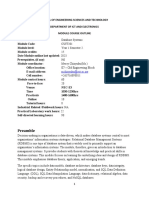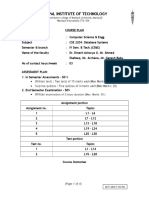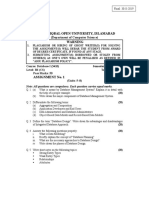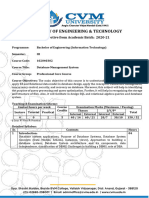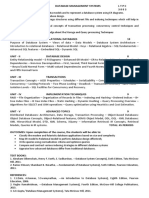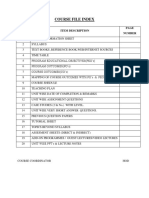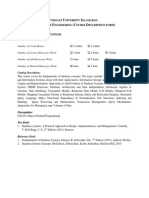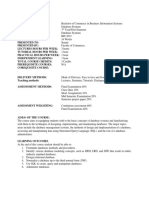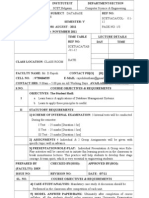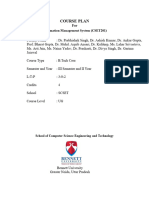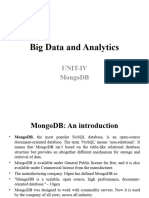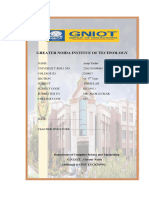0% found this document useful (0 votes)
8 views3 pagesDbms Assi 2
This document outlines the assignment details for the Database Design and Management course (AD3391) for the academic year 2025-2026, including maximum marks and evaluation rubrics. It lists various seminar topics covering essential concepts in database design, management, and NoSQL systems, categorized by units. General instructions emphasize thorough content coverage, clear language, and the requirement to cite at least three credible sources.
Uploaded by
thenmozhiCopyright
© © All Rights Reserved
We take content rights seriously. If you suspect this is your content, claim it here.
Available Formats
Download as DOCX, PDF, TXT or read online on Scribd
0% found this document useful (0 votes)
8 views3 pagesDbms Assi 2
This document outlines the assignment details for the Database Design and Management course (AD3391) for the academic year 2025-2026, including maximum marks and evaluation rubrics. It lists various seminar topics covering essential concepts in database design, management, and NoSQL systems, categorized by units. General instructions emphasize thorough content coverage, clear language, and the requirement to cite at least three credible sources.
Uploaded by
thenmozhiCopyright
© © All Rights Reserved
We take content rights seriously. If you suspect this is your content, claim it here.
Available Formats
Download as DOCX, PDF, TXT or read online on Scribd
/ 3
